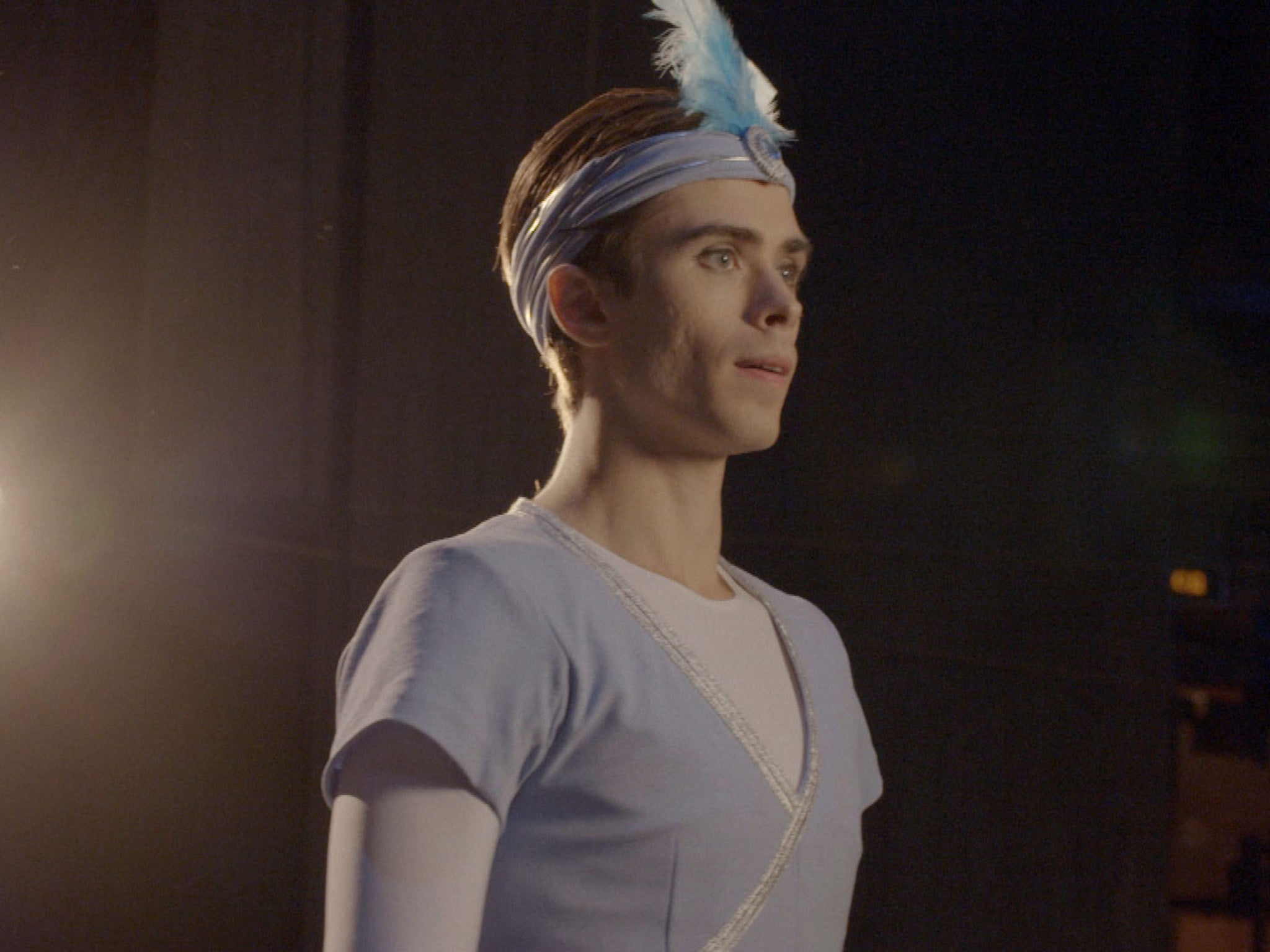Rudolf Nureyev: Dance to Freedom, TV review: Docu-drama keeps a step ahead of the usual cliches
The performances and production values were far superior to the usual examples of the genre

Your support helps us to tell the story
From reproductive rights to climate change to Big Tech, The Independent is on the ground when the story is developing. Whether it's investigating the financials of Elon Musk's pro-Trump PAC or producing our latest documentary, 'The A Word', which shines a light on the American women fighting for reproductive rights, we know how important it is to parse out the facts from the messaging.
At such a critical moment in US history, we need reporters on the ground. Your donation allows us to keep sending journalists to speak to both sides of the story.
The Independent is trusted by Americans across the entire political spectrum. And unlike many other quality news outlets, we choose not to lock Americans out of our reporting and analysis with paywalls. We believe quality journalism should be available to everyone, paid for by those who can afford it.
Your support makes all the difference.Ballet didn’t loom large in my world when I was growing up. But in the Sixties and Seventies you didn’t have to be an aficionado to know about Rudolf Nureyev.
One of the most famous Russian defectors, well-known enough to be namechecked as “Rudolf Near-Enough” by Morecambe and Wise, he was a symbol of artistic freedom and defiance of state tyranny.
That wasn’t quite the whole story, of course, as this fascinating docu-drama made clear. Nureyev came across as the archetypal temperamental artist, unwilling to be told what to do by anyone. And his sudden escape from his KGB guards at Le Bourget Airport in Paris on 16 June 1961 seemed less a grand ideological statement and more a spontaneous act of defiance from a young man suddenly exposed to the seductive glamour of life in the West.
But in detailing the events that led to his defection, the writer/director Richard Curson Smith gave a vivid picture of life under the microscope of Soviet Russia at the height of the Cold War, where cultural figures like “Artist Nureyev” were propaganda tools subjected to even greater discipline and surveillance than the ordinary citizen.
All this, added to the iron traditions of the Kirov Ballet, whose leading lights were constantly exasperated by their mercurial rising star, meant his arrival in Paris on the Kirov’s first major European tour was a life-changing taste of a freewheeling, bohemian world. When the KGB, incensed by his fraternising with the capitalists, tried to recall him just as the company prepared to board a plane for London, the stage was set…
The film spoke to all the key figures in the drama, securing an exclusive interview with Clara Saint, the enigmatic socialite who has previously refused to speak of her relationship with Nureyev. And the performances and production values were far superior to the usual examples of the genre.
Artem Ovcharenko, a dancer with the Bolshoi Ballet, was the image of the young “Rudy”, capturing both his maddening narcissism and endearing charm. And his recreation of the performances that captivated the Paris audiences were a reminder that Nureyev’s high opinion of his talents was well deserved.
Join our commenting forum
Join thought-provoking conversations, follow other Independent readers and see their replies
Comments